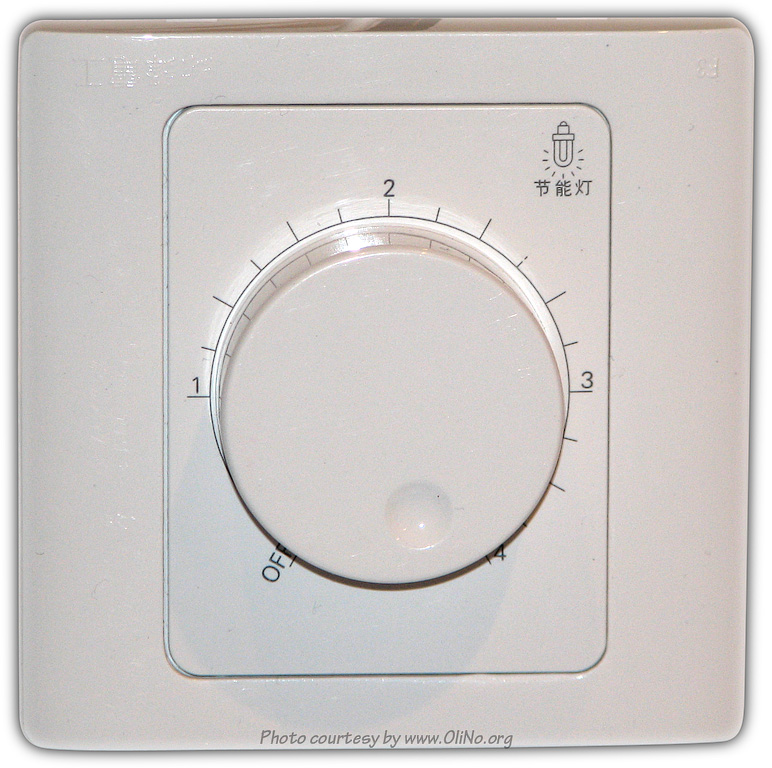 When OliNo receives lamps that are dimmable then OliNo has a few dimmers to choose from. Dimmers that are connected between the grid voltage and the lamp have two main principles of operation: phase Wanneer OliNo lampen te meten krijgt die dimbaar zijn, dan heeft OliNo een paar dimmers waaruit ze kan kiezen. De dimmers die rechtstreeks tussen de netspanning en de lamp aangesloten worden kennen een tweetal dim-pincipes: forward phase-cut and reverse phase-cut. Some of it has been explained in an explanation article on this site.
When OliNo receives lamps that are dimmable then OliNo has a few dimmers to choose from. Dimmers that are connected between the grid voltage and the lamp have two main principles of operation: phase Wanneer OliNo lampen te meten krijgt die dimbaar zijn, dan heeft OliNo een paar dimmers waaruit ze kan kiezen. De dimmers die rechtstreeks tussen de netspanning en de lamp aangesloten worden kennen een tweetal dim-pincipes: forward phase-cut and reverse phase-cut. Some of it has been explained in an explanation article on this site.
In this article the available dimmers are used for different types of lamps. The current and voltage are measured after the dimmer, so the voltage across the lamp and the current through it.
It will become clear that there are different types of dimmers and lamps react differently. We will look at the voltage and current waveforms to see the differences. The article explains whether the lamp tested was well dimmable with a certain dimmer type or not.
Update Dec 013: addition of new dimmer, the Lumeo Domus that works with loads from 7 W/VA.
Update April 2014: addition of Busch Jaeger LED dimmer 6523 U.
Measurement setup
The dimmers used in this article are all of the type to be placed between the grid voltage and the lamp to be dimmed.
The dimmer between the grid voltage and the lamp
The voltage across the lamp (after the dimmer) and the current through the lamp are measured.
The amp-meter (I) in series with the lamp and the voltage meter (V) parallel to the lamp.
The dimmers
As explained before there are R, C and L type dimmers.
- The L type dimmers are used for L-type loads (dimmable transformers based on coils, or a load that behaves like a coil-load) and work on the forward phase-cut principle.
- The C-type dimmers are used for C-type loads (electronic transformers, to be considered as a capacitive load) and use the reverse phase-cut principle.
- The R-type dimmers assume an R-type load, and both C and L type dimmers work well with R-type loads.
RC type Berker dimmer
An RC type dimmer (see also the photo where “R, C” is indicated).
The used Berker dimmer.
This dimmer (see specification) expects minimally 20 VA as a load, which is more than many led lamps that are used as a replacer for current ordinary light bulbs. So it is not sure whether a led lamp that represents a load of < 10 VA is well dimmable with this dimmer (one could put more led lamps in parallel, in order to get a load bigger than 20 VA. However when starting do dim this load will easily drop below 20 VA and still then it is not sure whether the dimmer functions well with the lamps).
RL type Gira dimmer
A RL type dimmer (also displayed on the dimmer itself, see photo).
The used Gira dimmer.
This dimmer (see specification) expects minimally 20 VA, again a lot for replacement led lamps. So it is not sure whether a led lamp that represents a load of < 10 VA is well dimmable with this dimmer (one could put more led lamps in parallel, in order to get a load bigger than 20 VA. However when starting do dim this load will easily drop below 20 VA and still then it is not sure whether the dimmer functions well with the lamps).
Led it Light’s dimmer, an LRC type dimmer
Led it Light BV has sent a dimmer for dimming small led lights. This dimmer, lacking a specification, is suitable to dim loads from 1 – 100 VA.
From the measurements done on the voltage waveforms it was concluded that this is a universal dimmer, so it determines by itself what phase-cut type (forward or reverse) works best, depending on the load connected to this dimmer.

Front view LiL low power dimmer.
Back view LiL dimmer.
This dimmer has a black turnwheel which enables setting the minimal dim-position; the light intensity can be adjusted with it.
The elimpo dimmer
This dimmer is a universal dimmer, so an LRC type. An advantage is that the dim-position of this dimmer is settable via an analog voltage between 0 – 10 V (respectively 0 % and 100 %).
The Elimpo dimmer, a universal LRC type dimmer with a dim position settable via an analog voltage between 0 – 10 V.
This dimmer (see specs only in Dutch) expects minimally 20 VA, again a lot for replacement led lamps. So it is not sure whether a led lamp that represents a load of < 10 VA is well dimmable with this dimmer (one could put more led lamps in parallel, in order to get a load bigger than 20 VA. However when starting do dim this load will easily drop below 20 VA and still then it is not sure whether the dimmer functions well with the lamps).
A low-cost dimmer
Update on Oct 2011: This is a low-cost dimmer bought in a local Dutch DIY store (De Groenen, Veldhoven). Most likely it is an LR type dimmer, as it can dim incandescent lamps and halogen transformers. The explanation sheet is only in Dutch.
Dimmer description.
Side view.
Extra photo.
The Lumeo Domus Led dimmer T39.07
Update Dec 2013: this is a dimmer using the forward phase-cut principle (LR type). It should work with small loads from 7VA and higher. Should be good for LED lights as well.
This dimmer has a 0-point setting with which you can set the minimum brightness. According to EN 60669-2-1 (8.6.102) the base setup should be such that over the entire load range from 7 – 100 W/VA and with a voltage of 230 V – 10% (minimum value possible) and in the most dimming position that the lamp still should be visible.
This seems logical, as the dimmer should not go to zero since then one expects the lamp being off while it is not.
Herewith a scan of the mounting instructions, and with the note that the German language is most correct. The explanation of the minimum setting is understandable in German and for me at least not in Dutch nor English.
Front view of the dimmer.
The Busch-Jaeger LED-Dimmer 6523 U
Update April 2014: this is a dimmer using the forward phase-cut principle (LR type). It should work with small loads from 2VA and minimum current of 20 mA. Should be made for LED lights.
This dimmer has a 0-point setting with which you can set the minimum brightness. I suppose the same way of setting it should be applied as explained in the manual of the Lumeo Domus (which said: According to EN 60669-2-1 (8.6.102) the base setup should be such that over the entire load range from 7 – 100 W/VA and with a voltage of 230 V – 10% (minimum value possible) and in the most dimming position that the lamp still should be visible).
This seems logical, as the dimmer should not go to zero since then one expects the lamp being off while it is not.
Herewith the user manual.
Front view of the dimmer.
Remark/warning
A remark or warning is needed. As explained above there are two basic principles to dim, when the dimmer is placed between the load and the grid voltage. This is either an C(R)- or an L(R)-type dimmer. The dimmer should be adapted to the load used, meaning an L(R) -type dimmer on inductive loads and the C(R)-type dimmer on capacitive loads.
It is not recommenable to connect for a (longer) time a CR-type dimmer to an L-type load. This can be explained as follows: a CR-type dimmer uses reverse phase-cut. This means that the voltage is cut off at a certain moment. It remains cut-off until the voltage passes the 0 V value and then it is passed on to the load, until the next moment it is cut-off all at once.
With an L-type load, this means that the current through it is built up since the voltage increases from 0 V to higher values. At the moment the voltage is about to be cut-off, then a current is flowing through the L-type load and this load will try to keep it flowing, also by generating hight voltages which could damage the load itself or the dimmer itself.
Also pay attention to when a dimmer is humming when used. This humming comes from microvibrations of its components. If there is a mismatch between dimmer and load, then high peak currents that might result generate high frequency electromagnetic fields that generate a physical stress on the components, at such frequencies that little movements of the components can be heard as humming. This reduces the reliability and lifetime of the dimmer considerably.
So pay attention to the correct match between dimmer and load to prevent high peak curents to flow, and beware of humming sounds coming from the dimmer.
The tests reported below are conducted during a short time and when it became clear that the dimming effect did not work well for certain loads, the test with that dimmer and load was immediately stopped.
The measured lamps and the measurement results
Incandescent light bulb 60W
An incandescent light bulb, which is an R-type load.
A suitable bulb to show the effect of an L and C type dimmer. The load is 60 W and even when dimmin to 0 %, the load still is close to 20 W, very suitable for the dimmers that OliNo has available.
Halogene light bulb with transformer
Halogene light bulb with electronic transformer.
In this case an electronic transformer is used. Therefore it is expected that, when dimmable, it will be with the C-type dimmer.
CFL dimmable
Inside a CFL an electronic voltage transformer is used. One would expect a C-type dimmer to do the job best. The power drawn is only 11 W, so it might be too little for the dimmers that expect 20 VA minimally.
The dimmable CFL
Dimmable 8 W led lamp
A led light bulb normally also contains an electronic transformer, so expected the C-type dimmer to work best.
Dimmable led light bulb.
Dimmable led light bulb 6W
A led light bulb normally also contains an electronic transformer, so expected the C-type dimmer to work best.
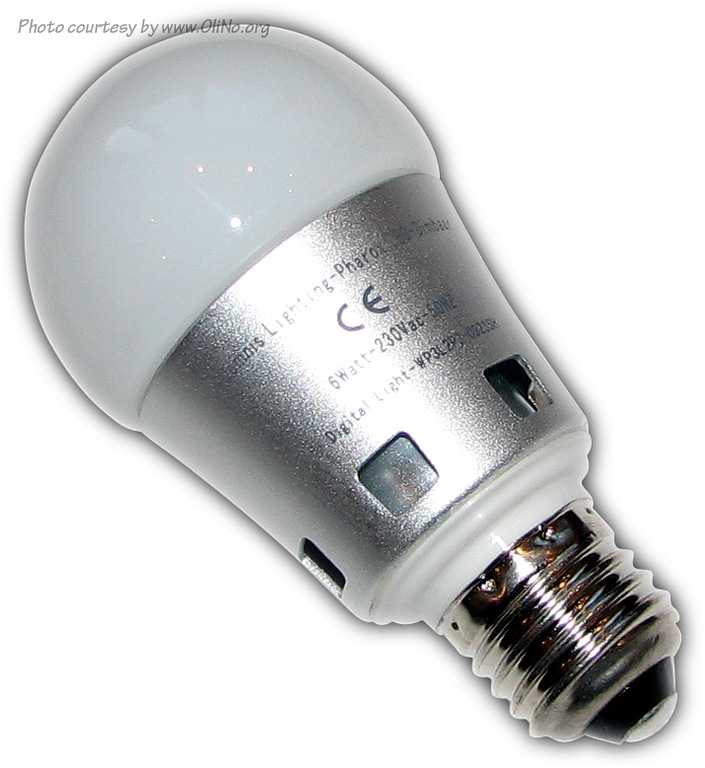
Dimmable led light bulb.
4 x Dimmable led light bulb, 6W
Now four led light bulbs are switched in parallel behind the dimmer. Resulting in a load of 20 VA. This to verify whether the dimming action with the dimmers expecting > 20 VA works better now.
However the total load starts at 100 % dimmer position at > 20 VA but will drop quickly below 20 VA hen diming is started. It can still result in a not perfectly working dimming action.
The results found in this section can be compared with the results found with the previously tested single lamp.




4x dimmable led light bulbs in parallel behind the dimmer.
Conclusions
- The working principle of the RC and LR type dimmers is easily seen with an R-type load, such as with an incandescent lamp.
- When the dimmer is suitable for loads > 20 VA then it is not sure whether it will work (well) with loads < or << 20 VA. One can give it a try. Switching lamps in parallel is no guarantee for a good dim-operation.
- When the dimmer is suited for loads > 1 VA, this has a positive effect on the dimmability of the low poer dimmable lamps used. The universal type (LRC-type) dimmer chooses the best dim-operation.
- A (certain or specific) led light bulb, expected to have an electronic tranformer and therefore assume dto work best with RC type dimmers, works best with the forward phase-cut (L-type dimmer). Maybe the led light bulbs are built this way to operate best with these dimmer type.


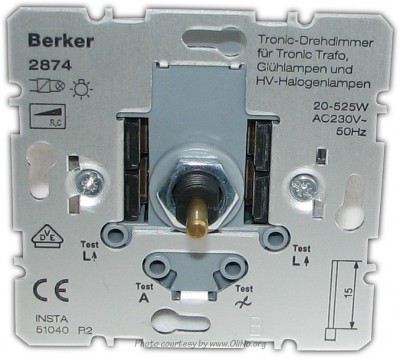
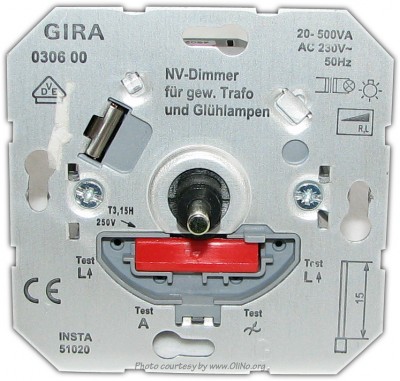
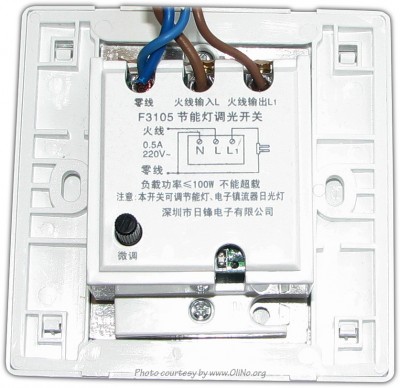
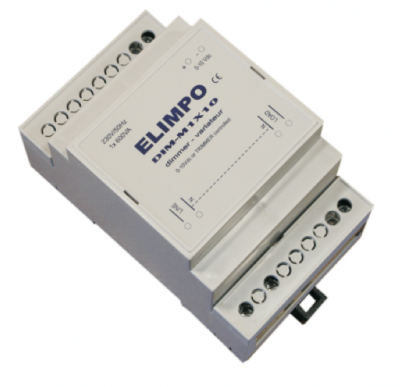

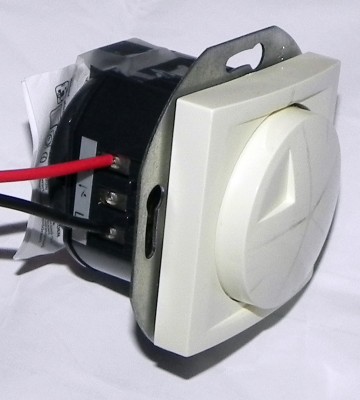

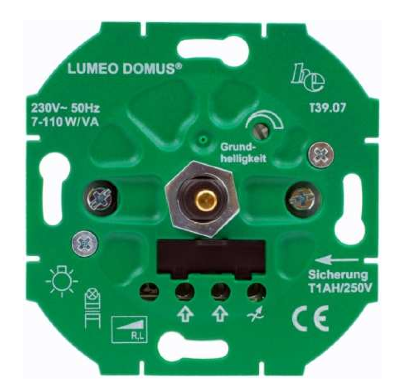
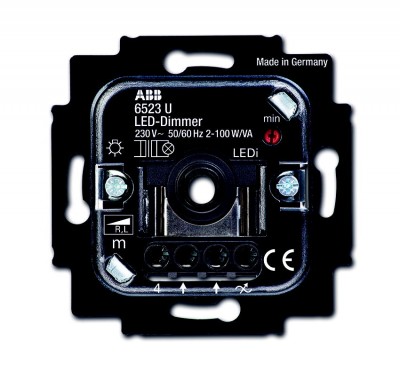
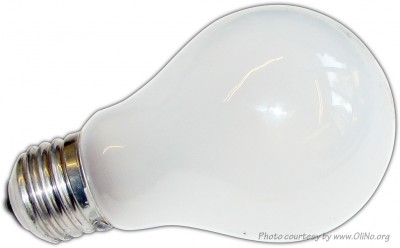
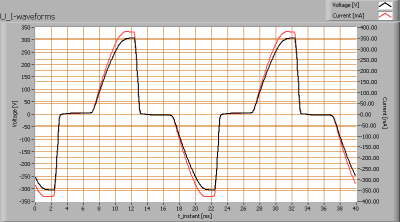
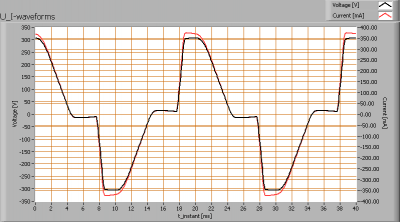
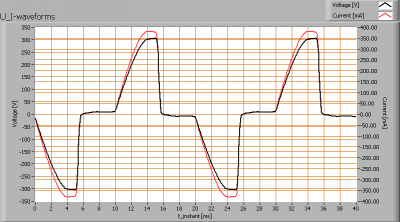
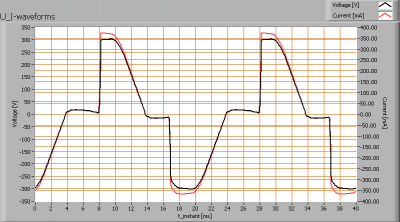
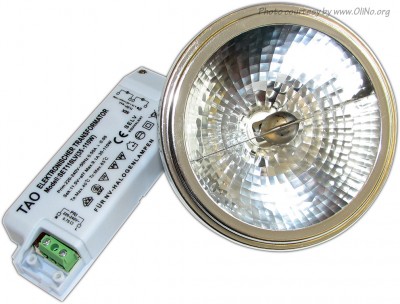
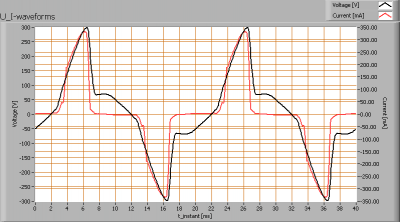
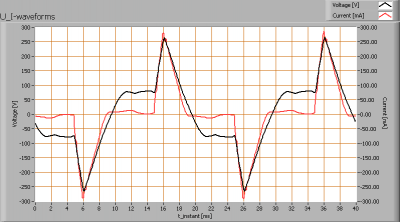
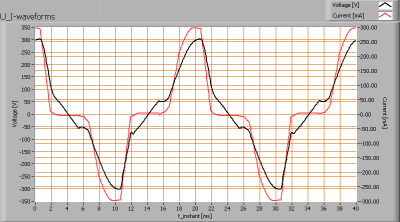
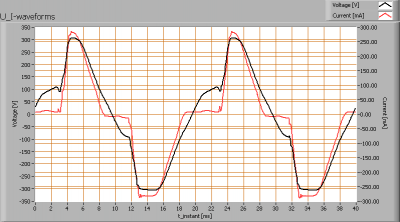
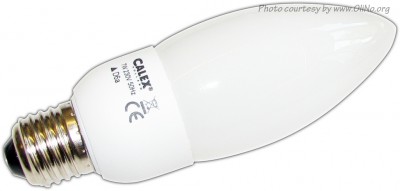
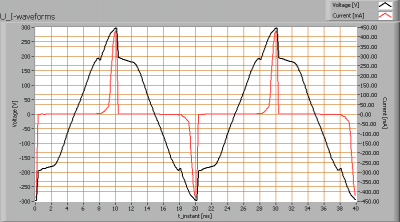
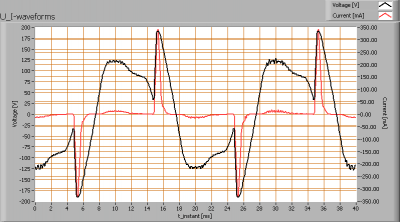
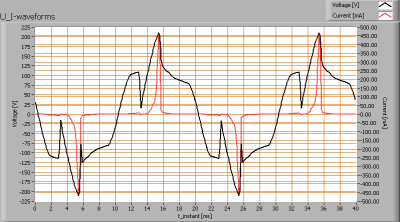
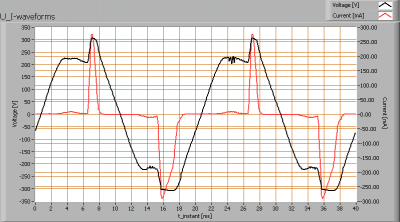
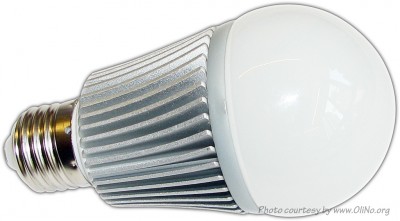
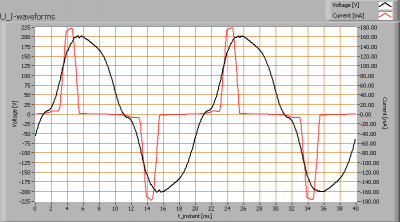
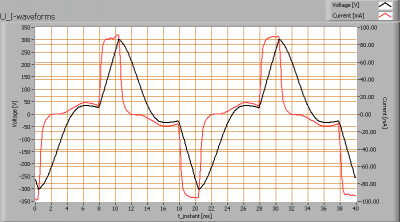
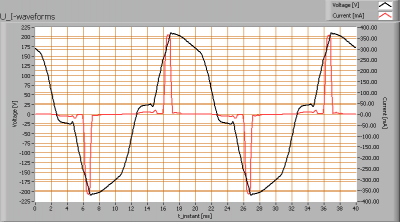
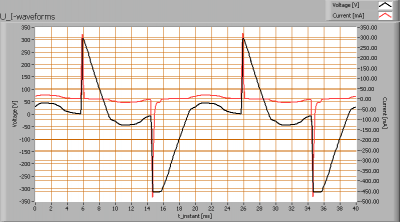
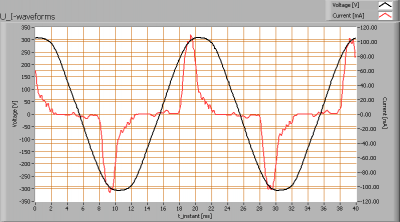
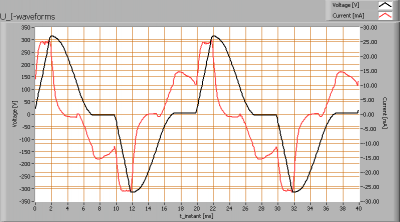
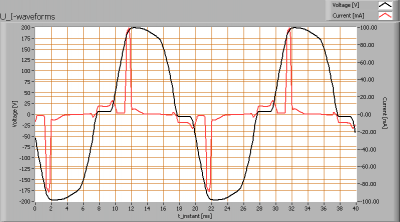
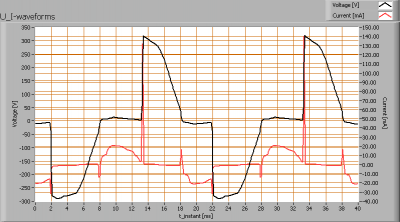
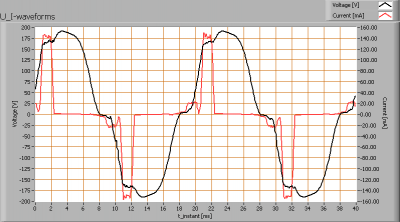
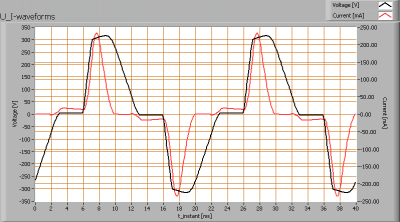
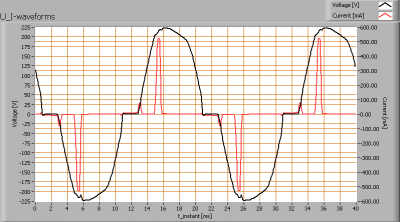
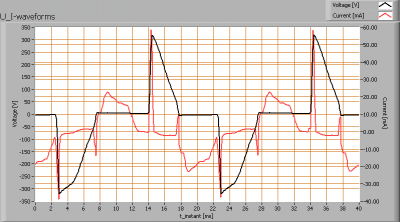



Most popular posts